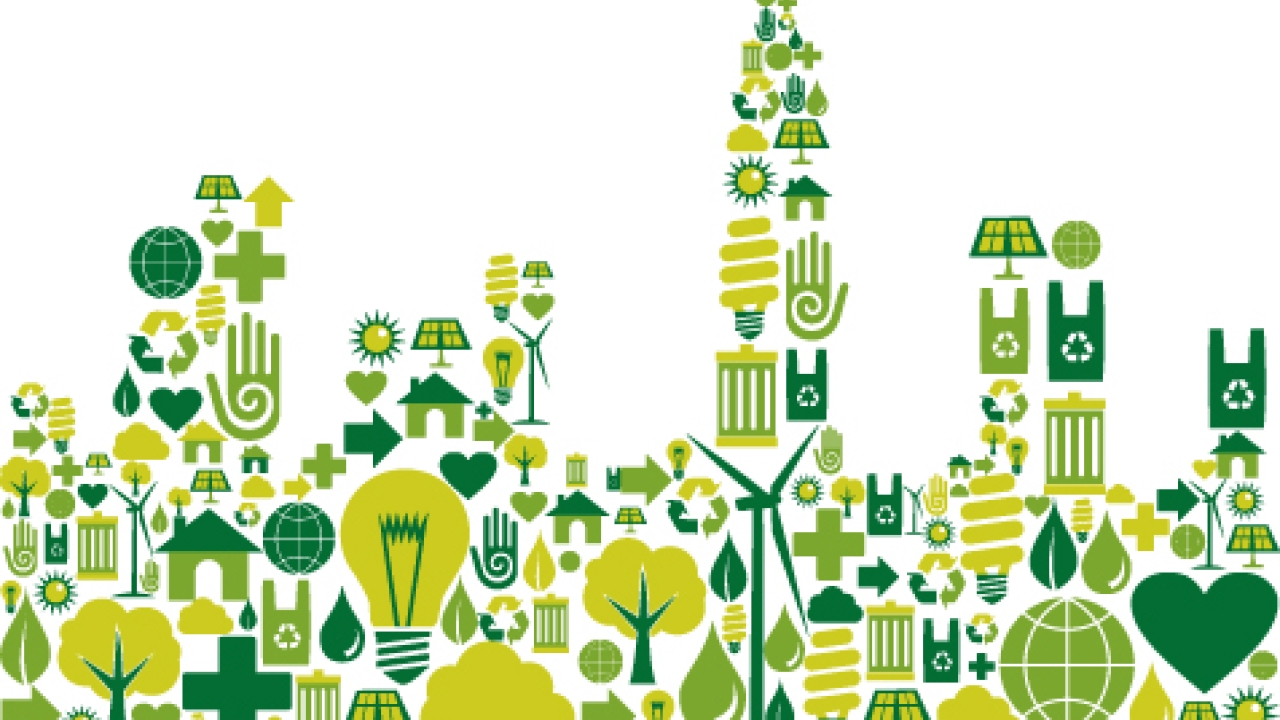Unilever pushes sustainable growth

Reducing the environmental impact of its products from materials sourcing to encouraging new consumer behaviors was the key message of an historic Unilever seminar. Danielle Jerschefske reports
Unilever hosted an intimate group in Washington DC, and simultaneously in London and Sao Paulo, in April to boldly announce the progress made with its Sustainable Living Plan launched in November 2010.
One of the world’s largest consumer product companies, Unilever set around 60 targets to be achieved by 2020 through a structured plan around its value chain. Partners and stakeholders in attendance included regional leaders from NGOs such as Greenpeace, World Wildlife Fund and the Rainforest Alliance, GreenBiz.com, government officials, press and analysts.
Kees Kruythoff, president of Unilever North America, said: ‘At Unilever we are making sustainability a driver for growth. We have made it a part of our vision and executing it is at the heart of our strategy. We are finding that when you look at the normal business processes – product development, sourcing and manufacturing – through the lens of sustainability, it actually opens up a way for innovation and also cost reduction.’
The plan sets out that by 2020 Unilever will:
• help more than one billion people improve their health and well-being
• halve the environmental footprint of the making and use of its products
• source 100 percent of its agricultural raw materials sustainably
Already Unilever has reduced its overall environmental footprint by 10 percent through efficiencies in the supply chain and has realized 250 million US dollar cost savings with its program. What’s unique about the international consumer product supplier’s strategy is that it is taking responsibility not only for its direct operations, but also for its suppliers, distributors and – most crucially – consumers who use brands like Dove, Knorr, Lipton, Lifebuoy and Pureit every day of their lives. ‘Coordinating communication, education and value to consumers is the only way Unilever will find long-term success,’ said Kruythoff.
The consumer use phase of a product’s life cycle is the most challenging because there is no certainty that people will properly place a plastic container in a recycle bin rather than the trash. So inspiring consumers to adopt new sustainable products and behaviors is fundamental to achieving the goals set out in the Unilever Sustainable Living Plan. Indeed, changing behaviors of consumers is the main barrier to Unilever reducing the carbon footprint of its products.
The same message came across at the Sustainable Brands conference in San Diego, which showed that business is collaborating to drive change and particularly consumer awareness. Suzanne Shelton of the Shelton Group rightly talked about ‘The Power of We’. She said: ‘We’ve got to wake people up and disrupt them!’
Unilever has already made significant progress in its sustainability campaign:
• Today, globally sources 20 percent of energy from renewables; 100 percent in Europe
• On way to reaching goal of 40 percent renewable energy sourced by 2020
• On track to meet 2015 commitment to cover all of its palm oil requirements from traceable, certified sources
• 35 million people gained access to clean water with Pureit; goal to reach 500 million by 2020
A key theme has been products that direct consumers, through clever packaging design, to reduce energy and water usage whenever possible. At the recent Finat congress in Athens, Louis Lindenberg, director of global packaging sustainability at Unilever, suggested one possible method of directing consumers to spend shorter times in the shower – thermochromic inks which change color after a set period of heat buildup.
Unilever CEO Paul Polman concluded: ‘Sustainable growth will be the only acceptable model of growth in the future, Unilever grew well in 2011, but what is encouraging is that the brands which put sustainability at the center of their propositions, like Lifebuoy soap, grew faster than the average.’
Blog: B2B key to consumer behavior change
This article was published in L&L issue 3, 2012
Stay up to date
Subscribe to the free Label News newsletter and receive the latest content every week. We'll never share your email address.


